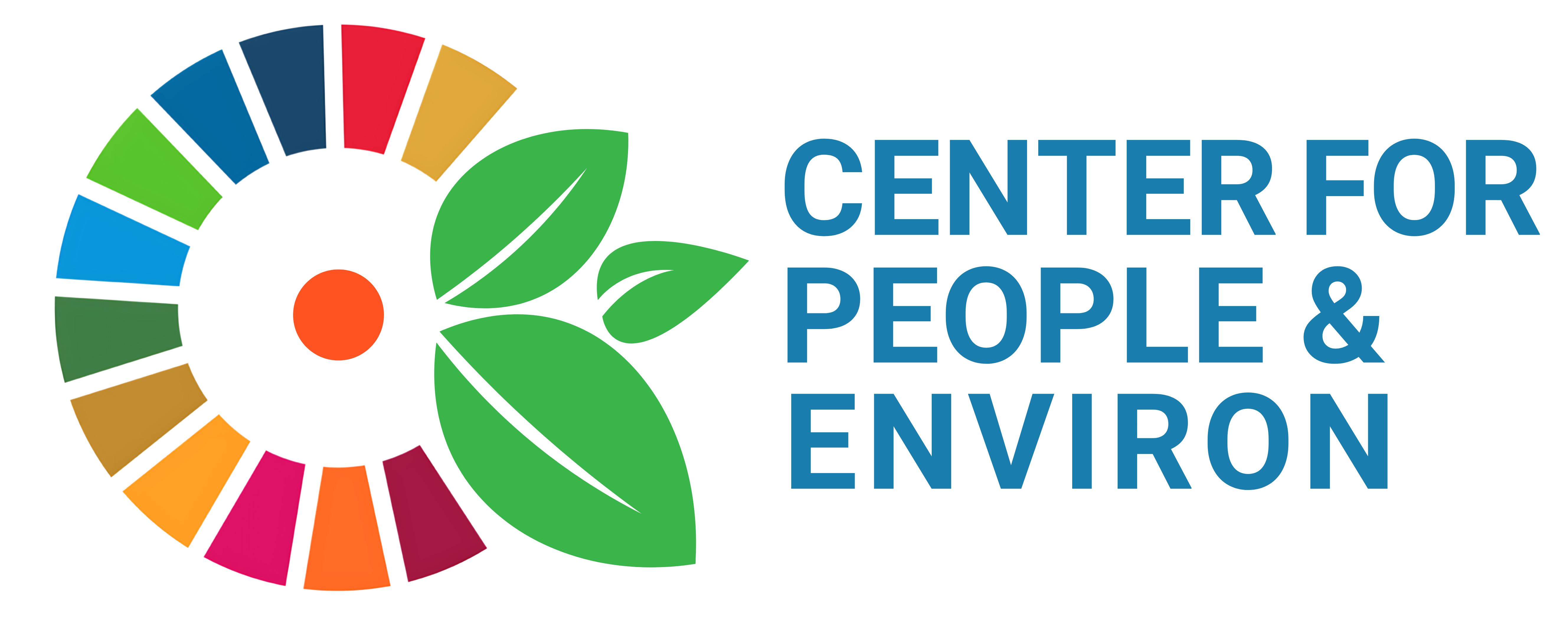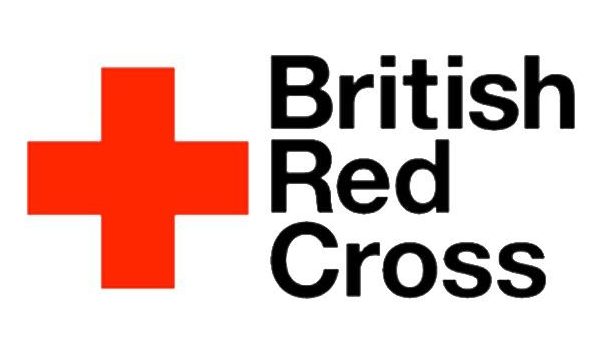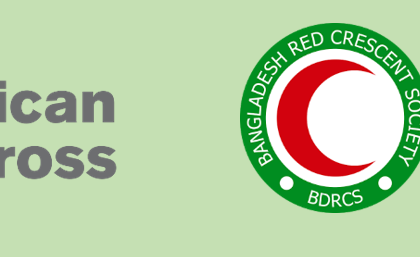Vulnerability to Resilience (V2R) project
Objective of the project
To develop climate-smart and disaster-resilient economically viable livelihood options for the climate-vulnerable area. Specifically, the objectives of this assignment are to:
- To conduct a risk assessment to identify the current and future impacts of climate change on target communities living in Teknaf, focusing on their livelihood and their environment.
- To assess the potential environmental and social impacts of proposed climate-smart livelihood options, considering changes in land and water use, greenhouse gas emissions, biodiversity, and social dynamics to ensure a positive impact on the environment and social well-being.
- To propose locally appropriate livelihood options that are economically and sustainably viable for improving communities’ coping capacities against existing and future climate risks.
Methodology
- Analysis of long-term climate and weather data of key climate parameters to show the trends of change and disaster and its impact on natural resources, water resources, agricultural practices, food security, forestry, biodiversity, and livelihoods;
- Review of documents, strategy, policies, etc. to find the policy and implementation gaps
- Participatory research to get actual data, perspectives, and experiential knowledge of the vulnerable households and communities on climate change, hazards and livelihoods, and existing absorptive, adaptive, and transformative capacities through Household Survey (HHS)
- Participatory capacity analysis of individual, household, community, and institutional levels to understand knowledge, practice, and resource to adapt to changing climate and disaster, unseen impacts on agriculture, livelihoods, biodiversity, existing coping mechanisms, and perceived as positive contributions to resilience through Focus Group Discussion (FGD) and Key Informant Interview (KII)
- Multi-hazard risk assessment
- Salinity measurement using a refractometer and lab test from Mehendiganj.
- Heatwave and coldwave vulnerability indexing
- Resilient livelihoods value chain analysis
Funded By







